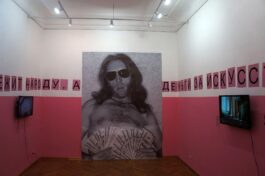
TITLE
Stas and all that mess with today's art market and art in general
ARTISTS
Stas Volyazlovsky
PLACE
Museum of Odesa Modern Art, Odesa, Ukraine
DATES
9.11. — 16.12.2018
This exhibition is an attempt to rethink the life and work of Stas Volyazlovsky, by telling the story about the development of his art practice and the institutional problems that befell him. Stas Volyazlovsky (1971-2018) - one of the most prominent artists in Ukrainian modern art. He was born and preferred to live in the provincial southern city of Kherson. Suburban life and culture brewed the mystery of Volyazlovsky: in thick mix of black humor and emancipatory energy, he combines sexuality and local crime stories with today's media in order to clearly present the flaws of human nature, the grotesque of provincial daily life and the odiousness of politics. He chose the freest visual reference points — the naive art and the art-brut. Volyazlovsky’s fascinating and disgusting stories unfold in a variety of mediums — «chanson-art» comics on old sheets, pillowcases and other rags, graphics, photos, wall newspapers, collages, installations, texts. And of course, the video works of Volyazlovsky — who saw them once will never forget.
The inventor of the so-called «chanson-art», he did not actually turn to the criminal culture and argued that «prison art» is not close to him, because there is no creative freedom, but only a harsh tradition. Volyazlovsky spoke against prevailing moral doctrine. In an interview, he says: «when morality is defended at the state level, it smells like fascism.» Today such a remark seems even more topical.
This exhibition does not claim to be a retrospective. Its main task is to start a discussion on rethinking the artistic impact of Stas Volyazlovsky, one of the most bright and courageous artists in Ukrainian contemporary art. Now we should think: why did his fate and his art develop this way? Today the Museum of Odessa Modern Art has assembled virtually all works by Volyazlovsky that are available in Ukraine nowadays.
The art of Stas Volyazlovsky immerses the viewer into a curving ornament, where social, institutional, and political criticism are woven together. He reveals ulcers of human nature and relations.
But the aesthetics chosen by Volyazlovsky purposely profanes the intellectual arrogance of such criticism: so the dark comics about the vices of society and humans, take the form of naive art.
This approach marks his work in various media: the baroque density of the picture on his graphics obviously refers to splints and art brut, but Volyazlovsky's video works are also constructed on the aesthetics of the profane, on home amateur video. The same approach is reflected in the problem of the language: despite having beautiful literary style, he actively uses surzhyk in text fragments of his works and in poems. Using this method, he writes his epos about Kherson, about Kherson, which extends much further than Hylaia: only without a shadow of disgust it is possible to fully talk about modern folk mythology and word creation as a marker of real moods of society.
The story of Volyazlovsky seems to be symptomatic for Ukrainian contemporary art, since it reflects the problem of the visibility of the Ukrainian artist. Born in the small southern city of Kherson, Volyazlovsky refused to change his place of residence, considering Kherson to be his breeding ground. The steppe by the sea allowed his art to be best balanced at the junction between the vulgar and naive. But what does it mean for a contemporary artist to live in a province? Or even in the “province of the province”? For Volyazlovsky, who was honored with prominent awards and opportunities in the 2000s, the risk of falling out of the artistic process was to a certain extent small. Considering his figure in the field of contemporary art, we can note the difference in his institutional representation abroad in Moscow and in Poland. Regina Gallery in Moscow mainly represented his “dusters”, Polish institutions were more interested in video and installations. Now we can only speculate on how such a polar orientation affected Volyazlovsky’s practice. However, the need for a thorough understanding of the significance of Volyazlovsky’s heritage for Ukrainian and Eastern European art seems obvious. Even more obvious is the inferiority of the Ukrainian art system, which till nowadays does not have a well-functioning mechanism to support artists.
Stas Volyazlovsky (1971-2018)

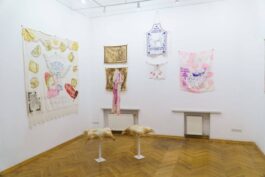

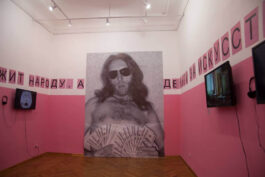
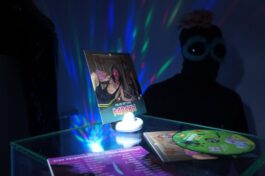
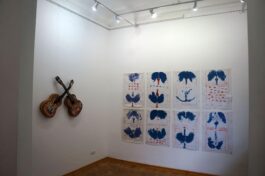

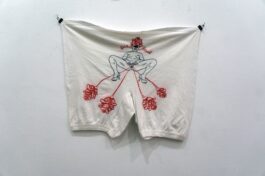
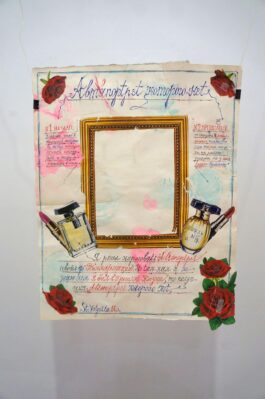
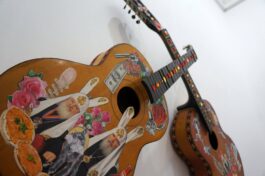
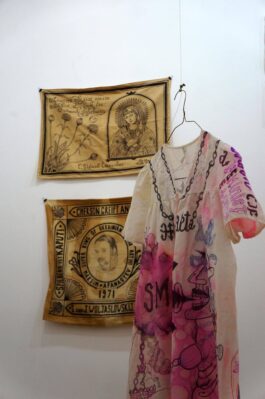
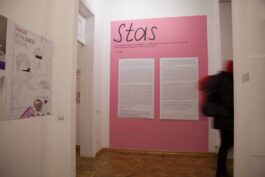
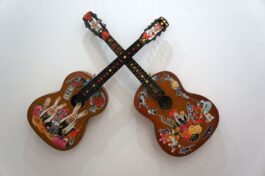
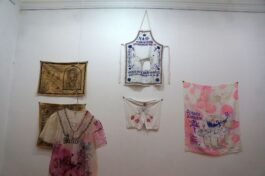

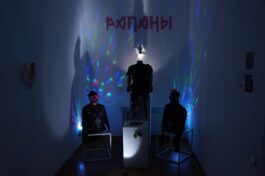
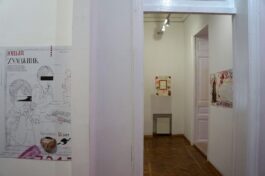
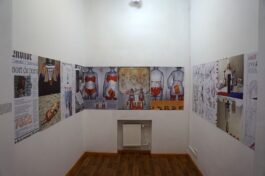
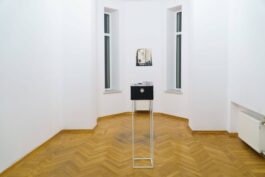
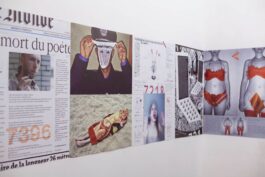

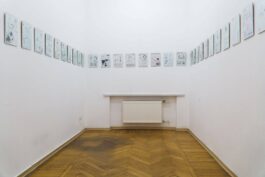
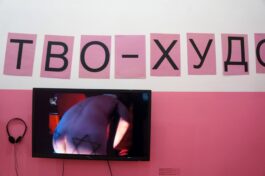

© 2024 Alexandra Tryanova